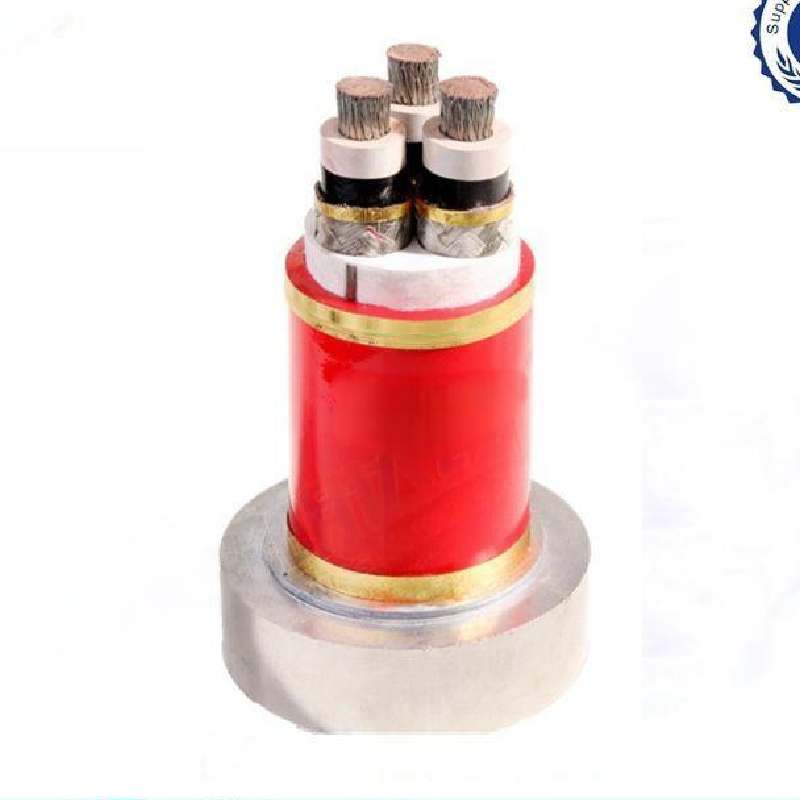nóv . 25, 2024 04:13 Back to list
Understanding the Functionality and Applications of PN16 Check Valves
Understanding PN16 Check Valves A Comprehensive Guide
In the world of fluid dynamics and industrial applications, check valves are critical components that ensure the smooth flow of liquids and gases while preventing backflow. Among the various classifications available, the PN16 check valve is a prominent choice due to its reliability and efficiency in a wide range of applications. In this article, we will delve into what PN16 check valves are, their features, applications, and benefits.
What is a PN16 Check Valve?
The designation PN16 refers to the nominal pressure rating of the valve, which indicates the maximum allowable pressure for which the valve is designed. Specifically, PN stands for Pressure Nominal and the number 16 indicates that the valve can withstand a pressure of 16 bar (approximately 232 psi). PN16 check valves are typically used in systems where the fluid pressure does not exceed this limit.
Check valves operate by allowing fluid to flow in one direction while automatically closing when there is a reverse flow. This functionality is essential in preventing system damage and maintaining the integrity of the piping system. The design of a PN16 check valve ensures that it opens smoothly under positive pressure and closes promptly to prevent backflow, thus averting potential hazards.
Features of PN16 Check Valves
1. Material Construction PN16 check valves are often constructed from materials such as stainless steel, cast iron, or durable plastics. The choice of material depends on the specific application, including factors like temperature, type of fluid, and environmental conditions. Stainless steel is commonly used for corrosive applications, while cast iron is favored for water and sewage systems.
2. Design Types There are various designs of check valves such as swing check valves, lift check valves, and diaphragm check valves. Each type serves specific applications and operates based on different mechanical principles. Swing check valves, for example, utilize a hinged disc that swings open and shut, while lift check valves use a disc that moves vertically.
3. Size and Dimensions PN16 check valves are available in various sizes, ranging from small diameters suitable for residential systems to larger diameters designed for industrial applications. The sizing and dimensional standards are critical to ensure compatibility with existing piping systems.
4. Ease of Maintenance Many PN16 check valves are designed with maintenance in mind, featuring accessible components that allow for easy inspection and servicing. Some models can even be serviced without needing to remove the valve from the pipeline, further enhancing their functionality.
pn16 check valve

Applications of PN16 Check Valves
PN16 check valves are widely used in various industries, including
- Water and Wastewater Management Preventing backflow in pumping stations, treatment plants, and drainage systems. - HVAC Systems Ensuring proper airflow and preventing reverse flow in heating and cooling applications. - Chemical Processing Protecting sensitive equipment by preventing backflow of corrosive or hazardous fluids. - Oil and Gas Maintaining safety and efficiency in pipelines and processing plants.
Benefits of Using PN16 Check Valves
1. Prevention of Backflow The primary benefit of check valves is their ability to prevent backflow, which can cause contamination and damage to equipment and infrastructure.
2. Pressure Regulation By ensuring unidirectional flow, PN16 check valves contribute to maintaining appropriate pressure levels within the system, enhancing overall efficiency.
3. Safety They play a crucial role in protecting systems from potential failures and accidents, thereby enhancing the safety of operations.
4. Cost-Effective Investing in a PN16 check valve can reduce costs associated with system repairs and maintenance due to their reliable operation and durability.
Conclusion
PN16 check valves represent an essential element of fluid control in various industrial and commercial applications. Their robust design, ability to prevent backflow, and various material options make them suitable for a wide range of environments. Understanding the features and applications of PN16 check valves can assist engineers and operators in making informed decisions, ensuring the reliability and safety of fluid systems. Whether it’s for managing water supply, chemical processing, or HVAC operations, PN16 check valves remain a critical investment for efficiency and safety.
Share
-
Reliable Wafer Type Butterfly Valves for Every IndustryNewsJul.25,2025
-
Reliable Flow Control Begins with the Right Ball Check ValveNewsJul.25,2025
-
Precision Flow Control Starts with Quality ValvesNewsJul.25,2025
-
Industrial Flow Control ReliabilityNewsJul.25,2025
-
Engineered for Efficiency Gate Valves That Power Industrial PerformanceNewsJul.25,2025
-
Empowering Infrastructure Through Quality ManufacturingNewsJul.25,2025